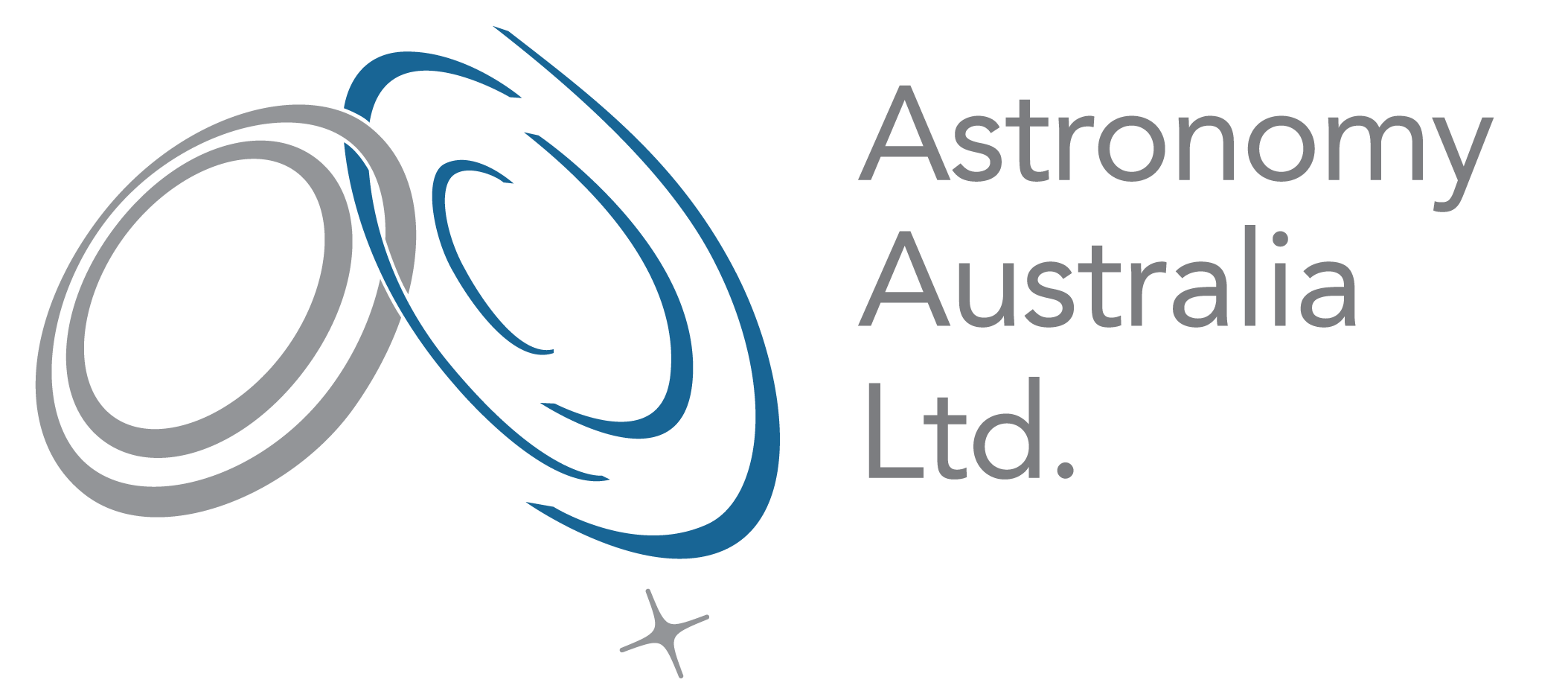Astronomy Australia Ltd (AAL) is seeking a part-time Assistant Accountant to join our finance team.
Working closely with the Finance Manager, the Assistant Accountant will help with a wide range of day-to-day financial operations, including budgeting, payroll, financial reporting and the annual audit.
The ideal candidate will have at least 2 years’ experience with financial book-keeping for a whole organisation and possess a keen eye for detail, with proven proficiency in MYOB.
AAL is a not-for-profit company whose members include all Australian universities and research organisations with a significant astronomical research capability.
The role is part-time (0.6-0.7 FTE), based at AAL’s Melbourne office, located alongside the Centre for Astrophysics and Supercomputing at Swinburne University of Technology, Hawthorn Campus. An immediate start is preferred. AAL offers relaxed, flexible, family-friendly work arrangements and supports a hybrid working model. Please see the position description for more information, selection criteria and how to apply.
The closing date for applications is 9:00 am AEST on 8 May 2025. All enquiries should be sent to the Director of Administration, Catherine Andrews: catherine.andrews@astronomyaustralia.org.au.
AAL asks that you please circulate this advertisement around your academic and professional networks and at any upcoming conferences, seminars or events.
